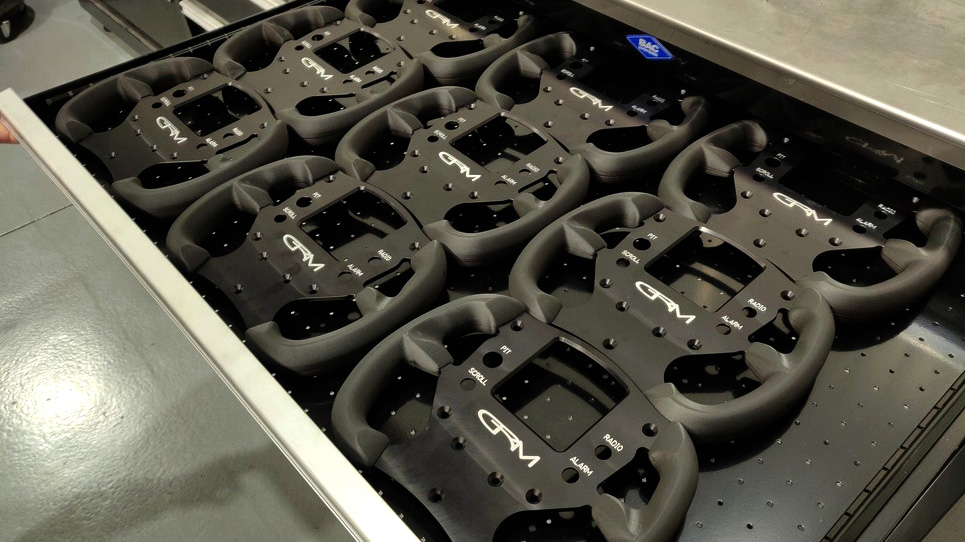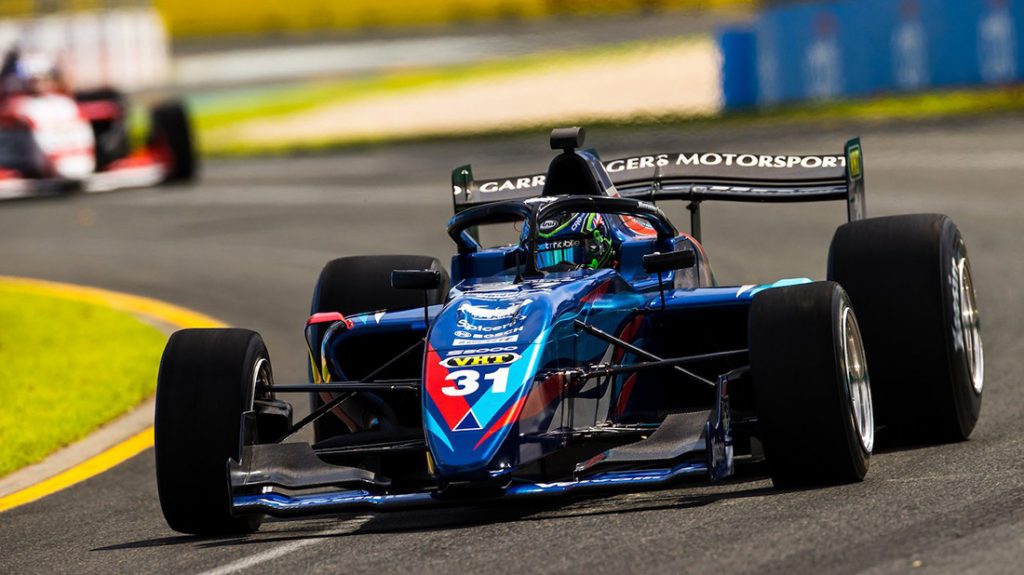Garry Rogers Motorsport is Australia’s oldest motorsport team, notching up titles across multiple race series, and designing building and maintaining its own garage of track cars.
The team’s engineers and designers are used to creating complex parts influenced by CFD simulation software to test the airflow of their parts, but without CNC machining capability in-house, this meant a lot of back-and-forth working with external machining companies
The high costs and long lead times of adding extra details to a part’s design, resulted the engineers and designers at Garry Rogers Motorsport shying away from making iterations on parts that required complex designs.
Keen to speed up the R&D process and take back more initiative, in 2013 the team manager Stefan Millard, added a Markforged 3D printer to the workshop.

“It seemed like Markforged was the only one focused on making strong end-use parts rather than just prototypes,” he recalls of the preorder that made Garry Rogers Motorsport the first company in Australia to invest in Markforged’s technology.
The team needed carbon fibre to produce strong parts that could be used on their race cars and withstand high use.
Jump to today and the team is using its 3D printer to print a mix of parts — from jigs and fixtures to end-use parts fixed to the cars.
Today the team at Garry Rogers Motorsport mainly uses their 3D printer to print complex parts.
From jigs and fixtures to racecar end-use parts, around half or more are produced for end use based on the team’s simulation software’s suggestions.
The end-use parts can include covers for door locks, gearbox housings, steering wheel handles, and camera mounts for the drivers.

Duct And Covers
“You name it, we’ve generally tried to print it,” laughs Millard. However, the team has found the most success in printing patterns for fiberglass mouldings.
A recent example of this was a brake duct pattern, used to create a mould for the final brake duct, which previously cost $1,000 AUD and took two weeks to manufacture.
The team printed the same part in-house for $75 AUD, building the part on the 3D printer in having it ready to go in under 24 hours.
The brake duct pattern also contains details in its design that can’t be easily produced using subtractive methods.
Design flexibility and removing turnaround time have been the two biggest benefits of the investment, according to Millard.
This has in turn helped the team to increase their cars’ performance, with the time saved as a result of implementing Markforged technology redeployed back into R&D.
“That extra time we get by using our Markforged printer goes straight into the designing or making more parts, or finding other areas to make Garry Rogers Motorsport cars go faster — that’s our primary goal,” says Millard.






